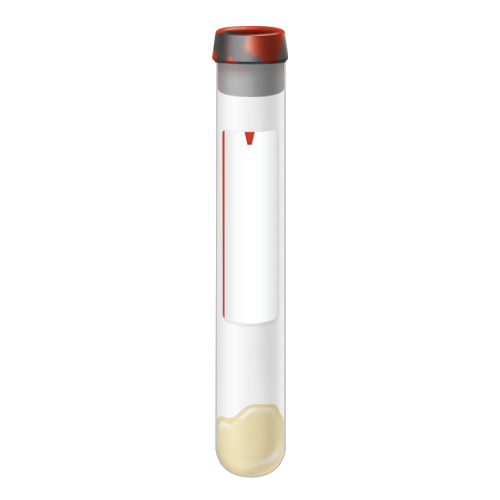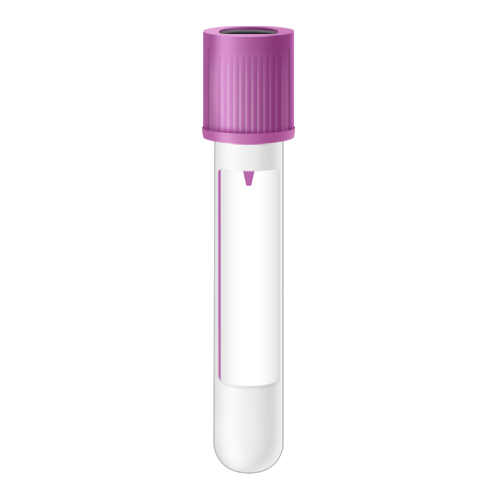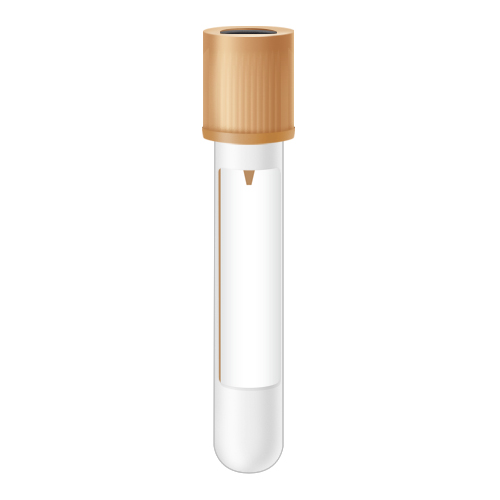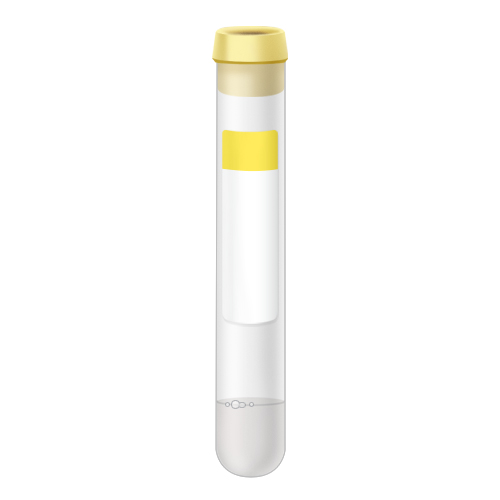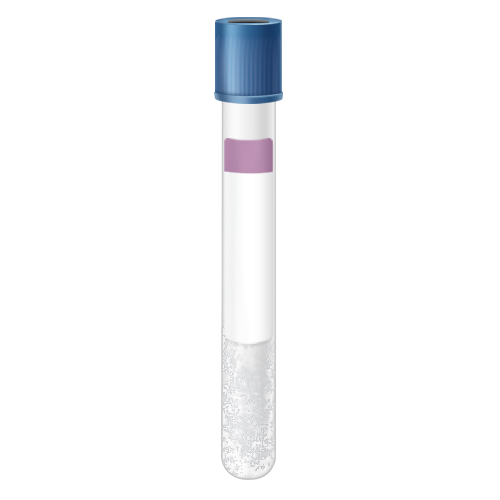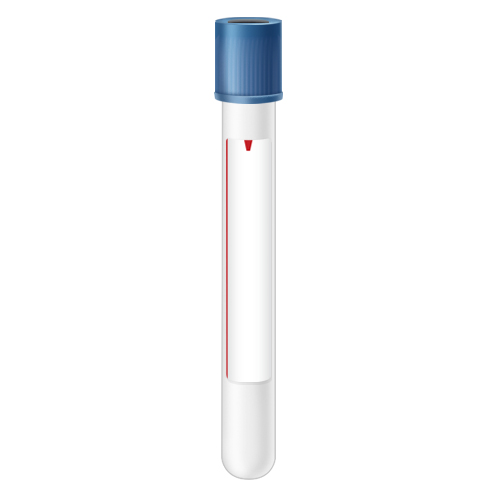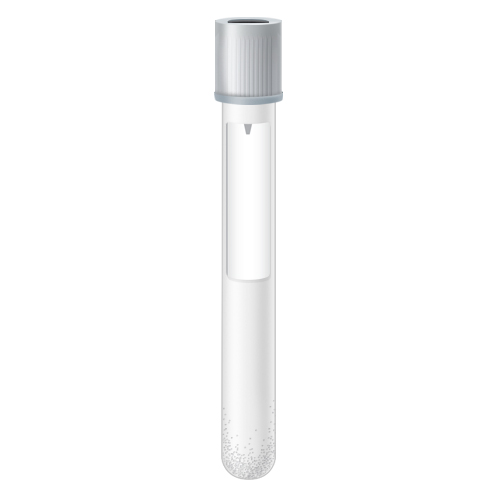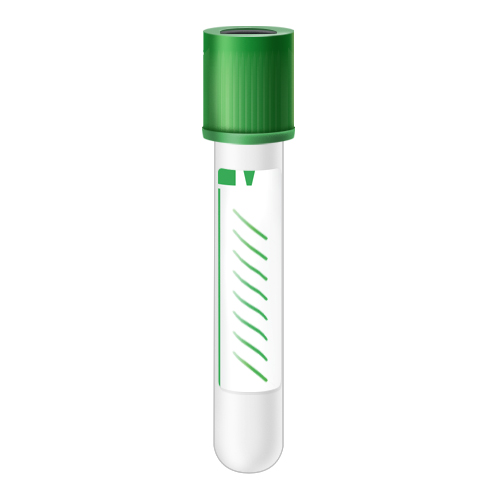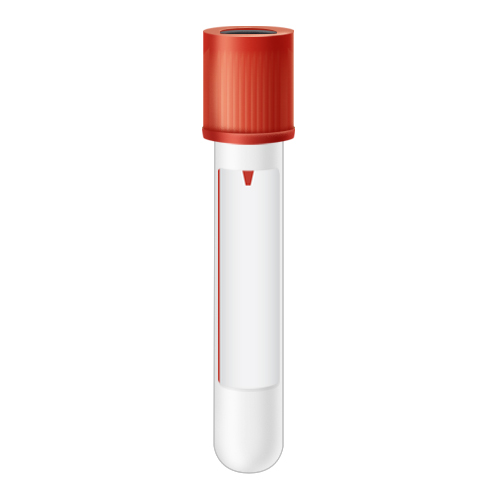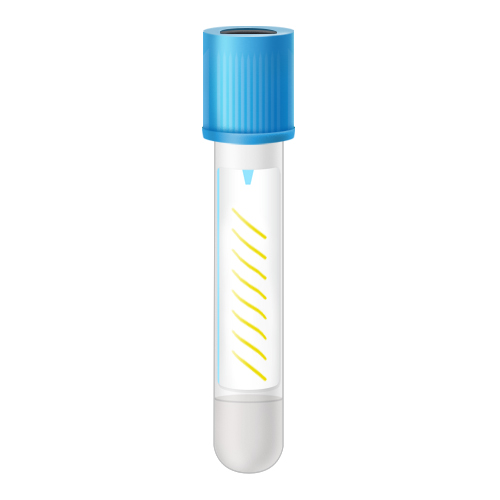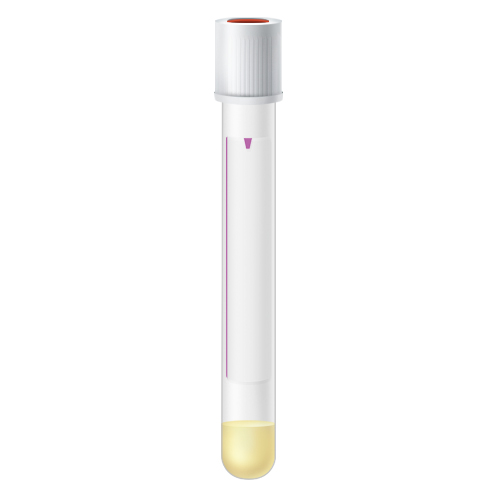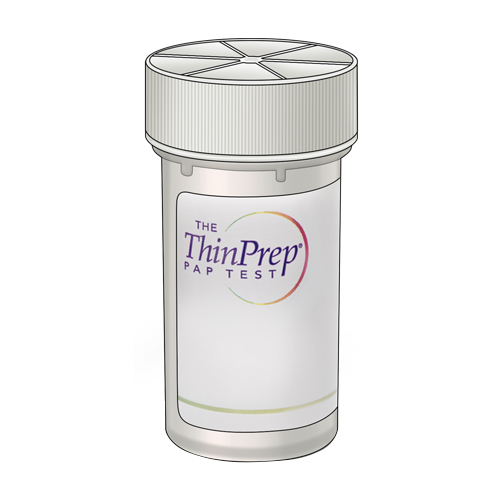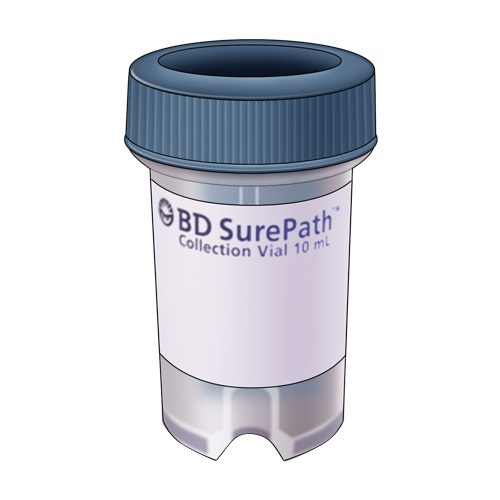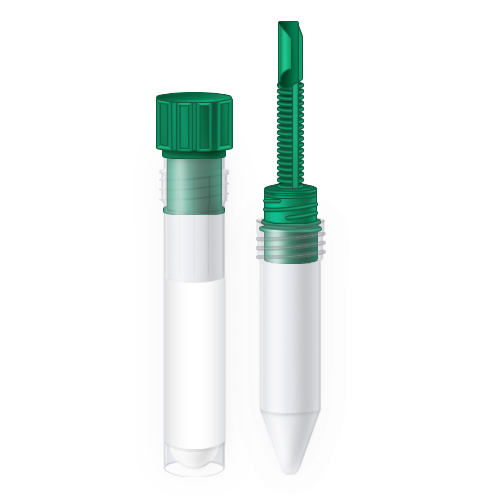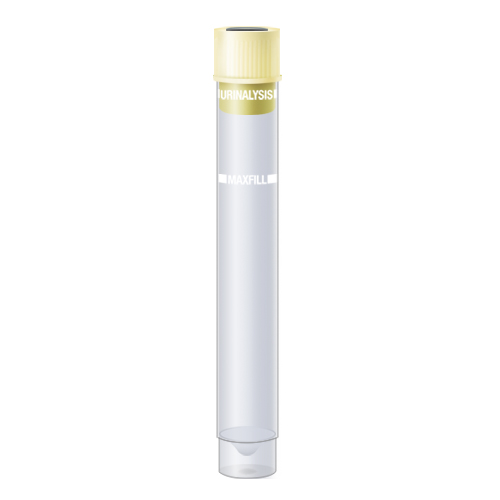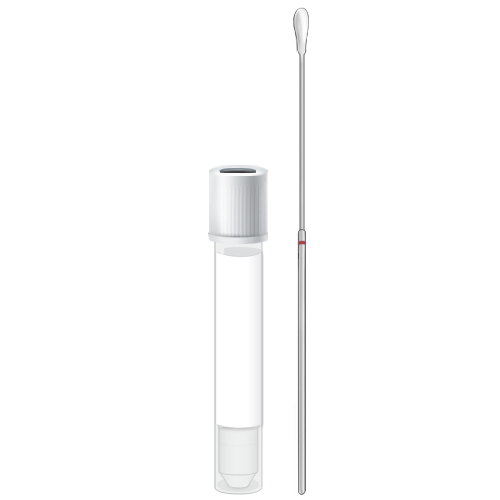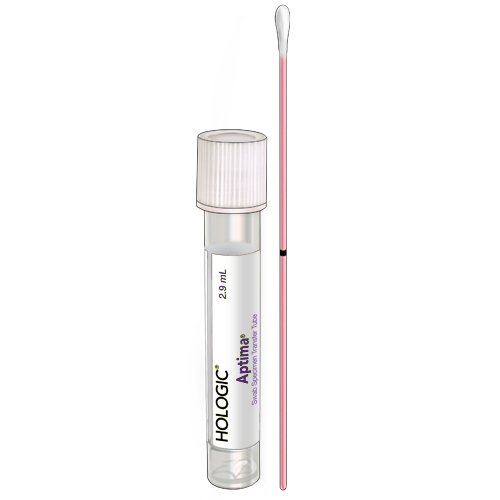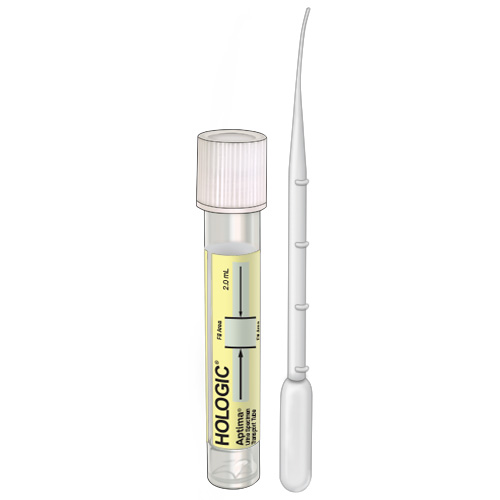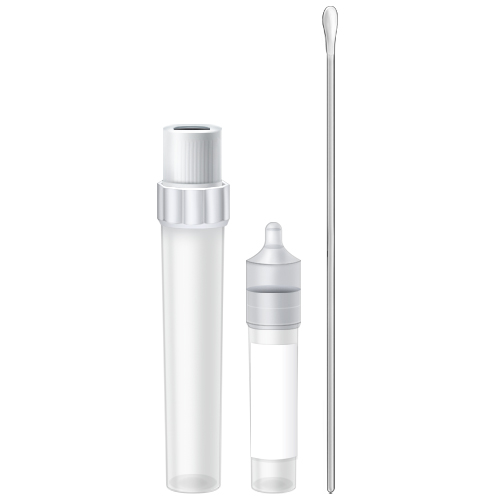Gluten has become a hot topic, but the health concerns surrounding this notorious protein can be confusing. While many people have no problem digesting gluten, certain individuals have a disorder called celiac disease that makes gluten digestion difficult and dangerous. For Celiac Disease Awareness Month, we’re highlighting some important information about this disorder to increase understanding and help you know your testing options.
1. What Is Celiac Disease?
Celiac disease is an autoimmune disorder triggered by the consumption of gluten (a protein found in wheat, barley, and rye) where the immune system flags gluten as an intruder and attacks, causing long-term damage to the small intestine. This damage prevents the body from absorbing all the nutrients it needs, leading to malnourishment and increased risk of other conditions like anemia, osteoporosis, and more.1 The treatment for celiac disease is a lifelong, gluten-free diet.2
2. What Causes Celiac Disease?
While all factors that affect celiac disease are still being explored, research shows that this condition mostly occurs in people who have certain gene variations – DQ2 or DQ8. Individuals without these gene variations are unlikely to develop celiac disease, according to the National Institute of Diabetes and Digestive and Kidney Diseases (NIDDK). However, while approximately 30% of people have these variations, only about 3% of people with DQ2 or DQ8 develop celiac disease.3
3. Celiac Disease is Hereditary
The National Institutes of Health (NIH) reports that celiac disease tends to be found within families, though the exact inheritance pattern is unknown. First-degree relatives of people with the disorder – such as parents, siblings, or children – have between a 4 and 15 percent chance of developing celiac disease.4
4. Celiac Disease Affects Everyone Differently
The Celiac Disease Foundation notes over 200 known celiac disease symptoms, affecting the digestive system or other areas of the body. For adults, the most common symptoms include but are not limited to:5
- Gastric distress (constipation, bloating, diarrhea, etc.)
- Anemia
- Weight loss
- Fatigue
- Skin rash (dermatitis herpetiformis)
- Headaches and migraines
5. Celiac Disease Can Develop at Any Age
This condition can develop any time after foods containing gluten are introduced to the diet – onset typically occurs either between the ages of 6 months and 2 years, or between ages 20 and 40 years. Common symptoms of celiac disease in children differ from those of adults. Click here for more information about celiac disease in children.
6. Celiac Disease Often Goes Undiagnosed
According to the NIDDK, approximately 1% of people in the U.S. – about 2 million – have celiac disease.1 Due to an increase in awareness, the prevalence of this disorder has increased in the past few decades, though the Celiac Disease Foundation reports that 2.5 million people in the U.S. remain undiagnosed.5 Additionally, on average, a diagnosis is not made until 6 to 10 years after symptoms begin, according to the NIH.4
7. Early Diagnosis of Celiac Disease is Essential
Diagnosing celiac disease can be complex because its symptoms are often nonspecific, however, catching it early is crucial to preventing additional health problems. If left untreated, the disorder can lead to the development of conditions including: type 1 diabetes, multiple sclerosis, infertility and miscarriage, certain neurological conditions, short stature, heart disease, and intestinal cancers.6 To diagnose celiac disease, your healthcare provider may review your medical and family history, perform a physical exam, utilize blood tests, and perform small intestine or skin biopsies.7
Blood Testing For Celiac Disease with BioReference
To measure your body’s response to gluten, and to rule out underlying gastrointestinal (GI) conditions, your healthcare provider may order blood tests. BioReference’s Gastric Distress Profile not only tests to detect the antibodies associated with celiac disease, but also includes markers for gluten sensitivity, gastritis, and certain food allergies. Since these conditions often have overlapping symptoms, our comprehensive profile provides answers that can help your healthcare provider confirm or exclude disorders, and inform treatment.
This May, join the effort for awareness by taking time to share information about celiac disease. Consult your healthcare provider to discuss if testing for celiac or gastric distress symptoms is appropriate for you at this time, and click here to download a helpful guide.
Sources:
- https://www.niddk.nih.gov/health-information/digestive-diseases/celiac-disease/definition-facts
- https://www.niddk.nih.gov/health-information/digestive-diseases/celiac-disease/treatment
- https://www.niddk.nih.gov/health-information/digestive-diseases/celiac-disease/symptoms-causes
- https://medlineplus.gov/genetics/condition/celiac-disease/
- https://celiac.org/about-celiac-disease/symptoms-of-celiac-disease/
- https://celiac.org/about-celiac-disease/what-is-celiac-disease/
- https://www.niddk.nih.gov/health-information/digestive-diseases/celiac-disease/diagnosis


